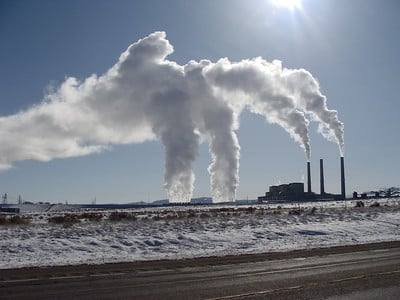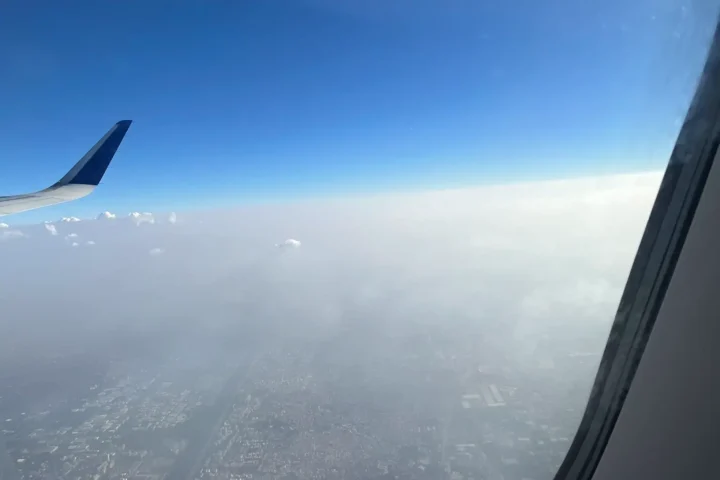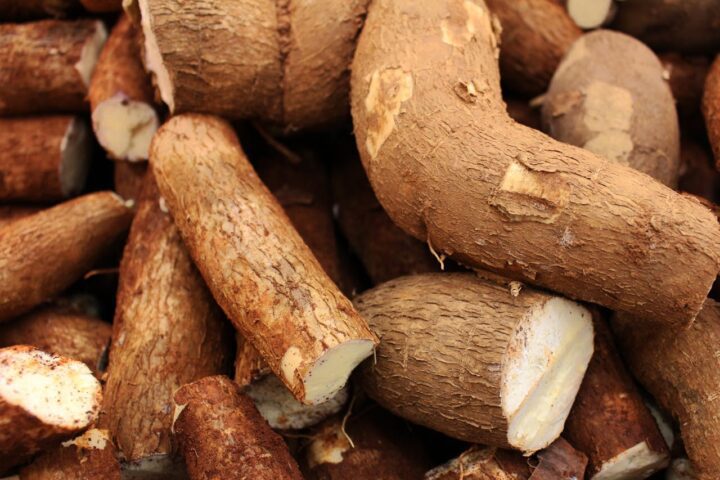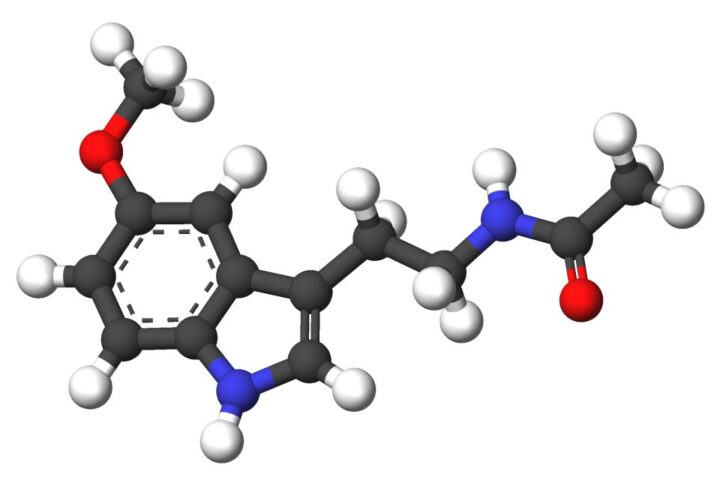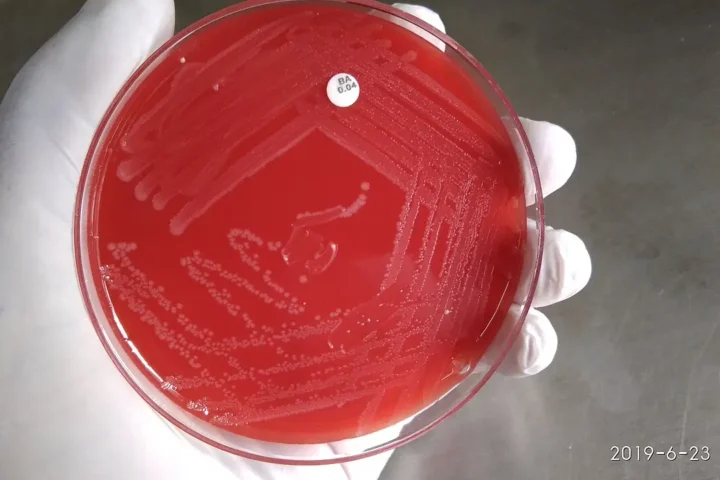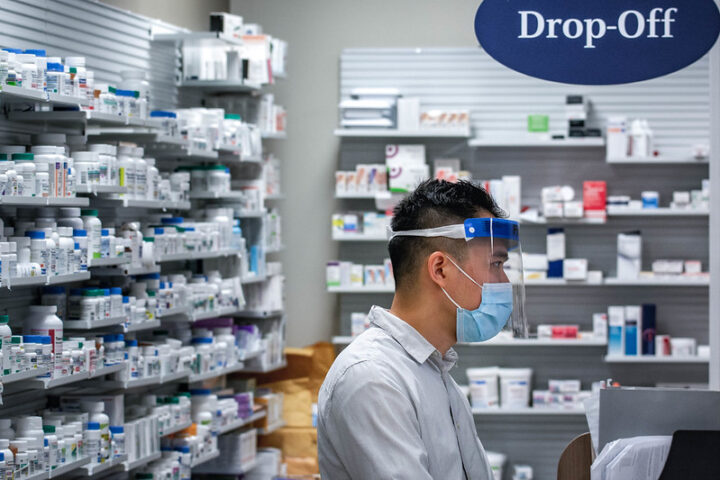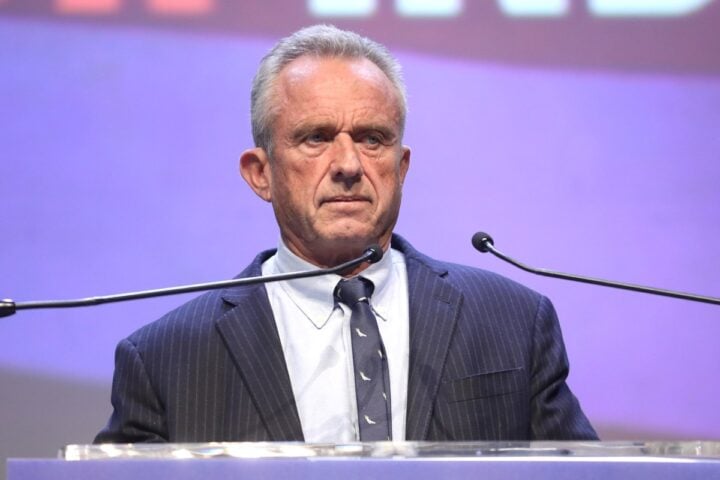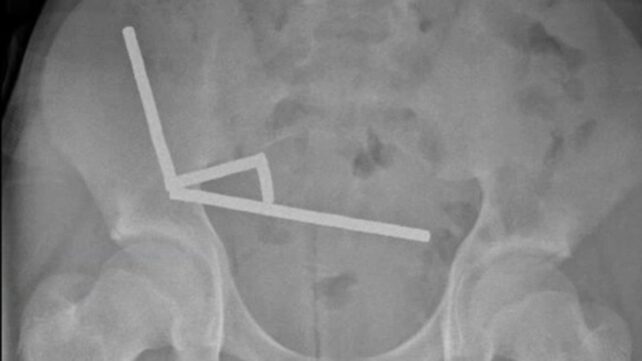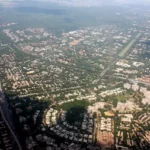Every breath counts. That’s the message from a new study showing how stricter air pollution rules could save 36,000 lives each year in Southeast Asia by 2050.
Scientists at Singapore’s Nanyang Technological University looked at a dangerous type of air pollution called ground-level ozone. This isn’t the good ozone layer that protects us from sun damage. Instead, it’s a harmful gas that forms when sunlight mixes with exhaust fumes from cars, factories, and power plants.
“Policymakers need to carefully consider the regulations of its precursors,” says Associate Professor Steve Yim, who led the study. For people with breathing problems or heart conditions, especially older adults, this pollution can be deadly.
The research team found that cities like Singapore, Jakarta, and Bangkok need to tackle two main sources of pollution: exhaust from vehicles and industrial emissions. It’s like solving a puzzle – you need to reduce both pieces to make the air safer.
Similar Posts
Looking at different scenarios, the team discovered that even current plans to reduce pollution from power plants and vehicles could save 22,000 lives yearly by 2050, particularly in Indonesia, the Philippines, Vietnam, and Thailand.
But stronger actions could save even more lives. By implementing tougher rules on industrial emissions, expanding public transport, and reducing shipping pollution, countries could prevent 36,000 early deaths each year.
Distinguished University Professor Joseph Sung puts it clearly: “This study provides critical insights for policymakers to formulate effective public health strategies.”
The stakes are particularly high in Asia. In 2021 alone, air pollution claimed 3.4 million lives across 23 Asian countries – that’s 40% of all global deaths from dirty air. While South Korea has successfully cleaned up its air through strict policies, many other countries still struggle with increasing pollution.
Better air quality also makes financial sense. By reducing pollution alongside efforts to address climate change, Asian countries could save $2.8 trillion in health costs by 2050.
The World Health Organization recently set stricter guidelines for clean air, showing that even lower levels of pollution harm our health more than previously understood. This gap between current air quality and what’s truly healthy for people highlights the urgent need for action.
Cities and industries across Southeast Asia have proven solutions available today to catch pollution before it reaches our lungs. The challenge now is putting these solutions to work to protect millions of lives.
